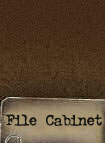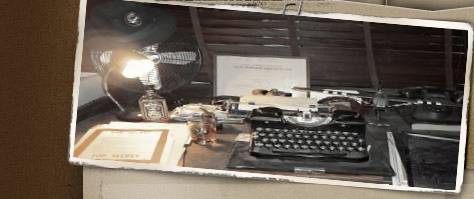 |
| |

Battle Relic: World War Two
British Army Message Form from the Battle
of Arnhem
Finding place: 'Hemelse Berg'
in Oosterbeek, Municipality of
Renkum, Province of Gelderland,
Kingdom of the Netherlands.
Date: 12OCT2013
GPS location: 51°59'00.64"N,
5°49'49.36"E
Introduction: On Saturday
October 12th, 2013 we took part of a
battlefield tour organized by
the Friends of the Hartenstein
Airborne Museum. The theme of
the tour was "Kept by Earth" (Wat
de aarde bewaarde, in the Dutch
language). Historian Hans van der
Velde showed numerous battle
artifacts which he had found within
the Oosterbeek Perimeter over the
years. Due to the brittle and
important nature of these artifacts,
Hans had brought large laminated
photographs of them and showed them
on the spots where they were found
originally.
At an old pagoda on a hill top in
the 'Hemelse Berg' area on the west
side of the Oosterbeek perimeter,
Hans told the story of the discovery
of a metal trunk of the type the
British Army designated as
'Telegraph Equipment B' with its
contents in the early 1990's.
After this, the museum's historian
Bob Voskuil presented each tour
participant with one original blank
Message Form C2136 (Small) from the
trunk.
This is how this agency obtained
this unique battle relic. |
|
(click to enlarge)
Battle Detective
Tom at the Oosterbeek Perimeter
battlefield tour |
|
(click for
enlargements)
  |
This is what a well preserved trunk
of the 'Telegraph Equipment B'
type looks like:
|
|
(click for
enlargements)
_small.jpg) _small.jpg) _small.jpg) |
The discovery of the trunk was
described in the February 1992
'Ministory No. XXXIII' which was a
supplement to the Friends of the
Hartenstein Airborne Museum
Newsletter volume No. 45.
|
|
(click to enlarge)
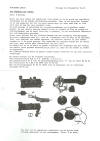 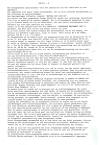
Ministory No.
XXXIII |
|
The ministory translates as follows: |
MINISTORY XXXIII Supplement to
Newsletter No. 45
A REMARKABLE FIND
By: W. Boersma
Is will be known to many readers
that items from World War Two are
still found in the ground regularly.
Often the material is deteriorated
or affected so much that it holds no
value anymore, but sometimes
something surfaces which draws our
attention.
An example is the recent
extraordinary find that was made in
Oosterbeek during excavation work.
On a location, of which it is known
that there had been a Royal
Artillery Signals post during the
Battle of Arnhem, a number of radio
equipment parts has been found.
Several years ago a former signaler
had given the Airborne Museum the
location where he would have buried
his radio set, prior to the
evacuation across the Rhine river on
September 25th 1944.
He had wrapped the set in burlap
sacks and put it in the ground. A
search at the location did reveal
traces of burlap, but unfortunately
no radio set came to light.
The discovery that now has been made
in the same area strengthens the
suspicion that the story of a few
years ago, is probably true, but
that the radio has been dug up
earlier.
The Airborne Museum has managed to
acquire the entire find and has
added it to its collection.
The find consists of the following
items:
Two headphones DLR no. 5 S, marked
'L.T.B.A.2.'
A handheld microphone No. 8 for the
remote control unit 'F' of radio set
WS No 22.
A Morse key No 2 MK 2 ZA 2869 for
the WS 22.
An illumination bulb No 6A ZA 12645
for the operator of the radio
transmitter-receiver WS No 22. |
|
(click to enlarge)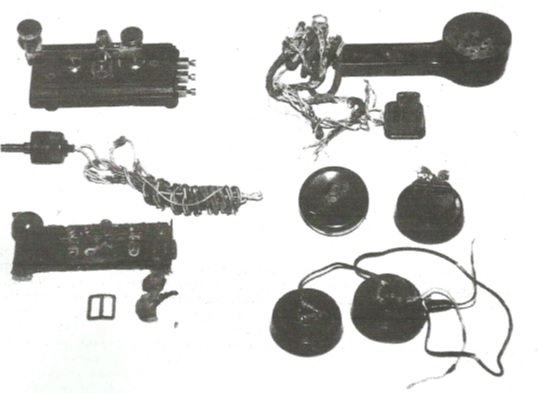
A selection of the dug up parts
of the British radio transmission
and reception equipment after
cleaning (Photograph: B. de Reus) |
XXXIII – 2
A cut connector cable for the
connection of a radio-battery to a
generator.
A coiled ten-meter long aerial
cable, cut at three places.
The connector plugs are missing as
well.
A smashed Volt meter, marked 'MOVING
COY 1943 DC'.
A number of these parts clearly
bears the marks of destruction,
Presumably they were deliberately
rendered useless. This is, for
example, clearly visible at the
various cables and with the Morse
key, which is missing a number of
adjustment screws making it unfit
for use.
Furthermore a metal trunk with the
text 'TELEGRAPH EQUIPMENT UNIT B'
was found. Attached to this trunk
are some pieces of burlap.
Inside the trunk are two wooden
reels with aerial wire. One reel,
which consists of several layers of
wood, reads: 'Reel Aerial No 4 ZA
10043', Aerials 110, No 1 4,5 - 5,6
MC/S'.
The wire aerial on the reel has a
plug connector for the aerial base
No 10 en No 11, which was used among
other things for the radio
transmitter and receiver set WS No
22.
The other reel is made of three
layers of plywood and is in better
condition, but the text is less
legible. Of it only this can be
deciphered: 'Aerial 140 Feet No 1,
Cat No ZA 16589'. This wire aerial
has a connection for the radio sets
WS No 19, WS No 22, transmitter No
76 and receiver No R 109.
Both these wire aerials are part of
the standard equipment for a
wireless set WS No 22.
The trunk also contains a role of
bare copper aerial wire, a Morse key
and a bundle of message forms ('Army
Form No C2136 Small').
The Morse key is of a type which
does not belong to the standard
equipment of one of the radio sets
used at Arnhem. After cleaning, all
copper parts appeared to have been
marked with the number 14. A
photograph of this key has been sent
to the museum of the Royal Corps of
Signals in England for further
information.
Among the bundle of message forms
the remains of a number of folded
message forms ('Large') and blank
forms have been found as well. These
have been written on with a pencil.
Upon closer inspection these
appeared to be parts of radio
telegraph and telephone messages.
Also there are notes dealing with
the various radio procedures.
The Museum hopes to have finally
obtained original messages which
were sent during the Battle of
Arnhem. Full of expectations we have
started to analyze these pieces of
communication with the help of,
among others, the manuals 'Signal
Training (all Arms) Pamphlet' no 5
and no 7 and 'Field Service Pocket
Book Pamphlet' no 4.
At first we were under the
impression that we were reading over
the shoulders of the signalers who
had been performing their task under
such difficult circumstances. We can
read from the documents how the
radio operators tried to stay in
contact with each other, how they
tried, despite bad connections, to
still send a message. Repetition of
messages were requested, the
so-called 'word-twice' method was
applied and messages were relayed
though others posts and sometimes
coded.
While studying these documents
however, we came to a number of
notes regarding message procedures,
written on blank paper.
These are clearly not notes made in
combat.
They are probably papers of an
instruction or an exercise in
England. As the other notes are
written in the same hand writing, it
is therefore uncertain that they are
parts of messages sent during the
Battle of Arnhem. It is very well
possible that the complete find is a
number of draft notes from an
exercise or instruction lesson,
during which the various radio
telephone and telegraph procedures
had been rehearsed once again.
Next to the abovementioned documents
parts of a letter have also been
found. Of this we can decipher the
city stamp and a girl’s name.
Perhaps that this find can bring us
on the trail of the radio operator
in the future.
All in all these remain papers which
should have never been taken to
Arnhem and they were certainly not
meant to be cherished and studied as
relics after more than 45 years.
The various radio-parts have now
been given a deserving place in the
Airborne Museum. The documents have
been filed in the museum's archives. |
EXHIBITIONS:
These images give an impression of
the Kept by Earth battlefield tour
of the Oosterbeek Perimeter
and where the trunk with this this
featured battle relic was found:
|
|
(click for
enlargements)
   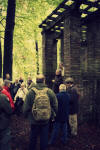 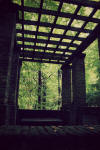
    
After visiting the 'Hemelse Berg' we
climbed to the hill top pagoda
where the story of the radio
equipment discovered in 1992
was told and the original messages
form where given to us. |
|
CONCLUSION:
Although the message form presented
to this agency was not used and
hence does not carry strategic
information about the battle of
Arnhem, we certainly treasure this
relic from the Battle of Arnhem and
the ensuing Oosterbeek perimeter
defense. |
|
Back to Battlerelics
 |
|
|
|
|
|
| |
| |
| |
| |
|


